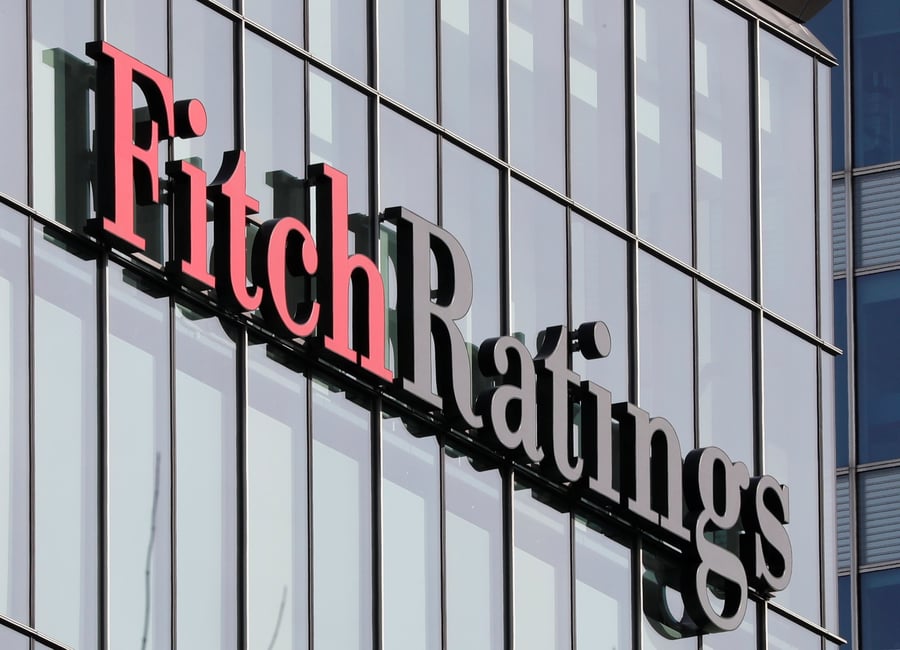American-based credit rating agency Fitch has revised the Outlook on Saudi Arabia’s Long-Term Foreign-Currency Issuer Default Rating (IDR) to Positive from Stable and affirmed the rating at ‘A’.
Oil, reform drive positive outlook
The revision of future expectations, according to a report reviewed by ”Economy Middle East”, reflected improvements in the sovereign balance sheet following higher oil revenue and commitment to fiscal consolidation.
Fitch said, ”The government debt/GDP and sovereign net foreign assets (SNFA) will remain considerably stronger than the ‘A’ median. We now forecast that government debt/GDP will remain below 30 percent until 2025.
It added that the government will also retain significant fiscal buffers, including deposits at the central bank above 10 percent of GDP.
Budget surpluses return
The company expected that Saudi will record budget surpluses in 2022-2023 for the first time since 2013, equal to 6.7 percent and 3.5 percent of GDP, respectively.
It assumed that Brent crude oil prices will average $100 per barrel (bbl) and $80/bbl and that Saudi’s oil production will average 10.7 million barrels per day (b/d) and 11.1 million b/d, respectively.
Also, Fitch observed that Saudi Arabian Oil Company (Saudi Aramco) is aiming to increase capacity to 12.6 million b/d in 2025 and 13.3 million b/d by 2027, from around 12.2 million b/d currently.
”We estimate that a $10/bbl movement in oil prices would change our budget deficit forecast by 2.3 percent of GDP, while a one million b/d difference in production would change the fiscal deficit by 2.3 percent of GDP,” noted Fitch.
Restrained budget spending
Moreover, the company assumed that spending control will broadly persist despite higher oil prices, given uncertainty over long-term oil prices; commitment by the authorities to make the budget resilient to lower oil prices in line with the fiscal sustainability program, and higher spending by the broader public sector to support economic growth and job creation. We forecast that 2022 spending will be flat year on year, 9 percent higher than budgeted.”
Higher spending outside the budget by the Public Investment Fund (PIF) and National Development Fund (NDF) has allowed for lower budget spending, with capital expenditure (capex) falling to 5 percent of GDP, from 11 percent in 2014.
Non-oil revenue maintained
Non-oil revenue is likely to average around 19 percent of non-oil GDP in 2022-2023, more than double the 2015 level. ”We project non-oil revenue to be flat in nominal terms in 2022.”
External finances formidable
Furthermore, Fitch forecasted SAMA reserves to rebound above $500 billion in 2022-2023 with large current account surpluses, even as public institutions and enterprises, notably the PIF, continue to invest abroad (as well as domestically).
Saudi has one of the highest reserve coverage ratios among Fitch-rated sovereigns at more than 20 months of current external payments.
”We forecast SNFA at around 70 percent of GDP in 2022-2023, the strongest figure in the ‘A’ category.”




